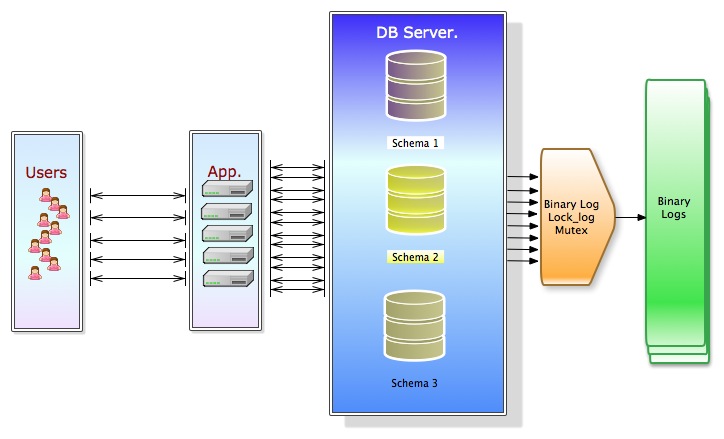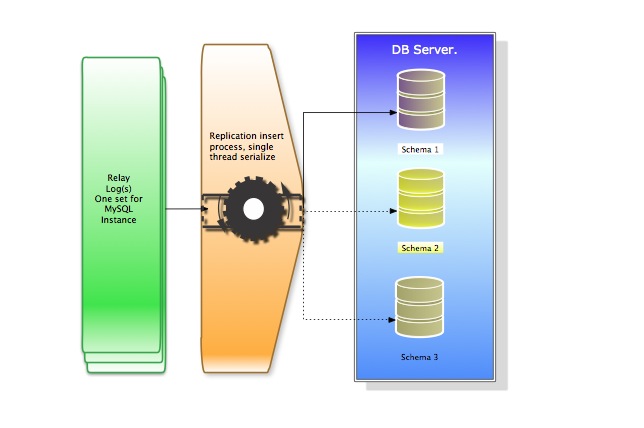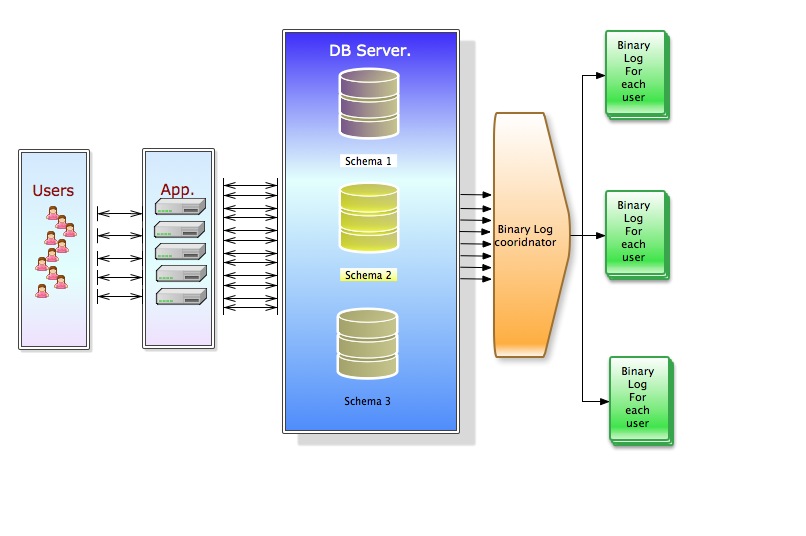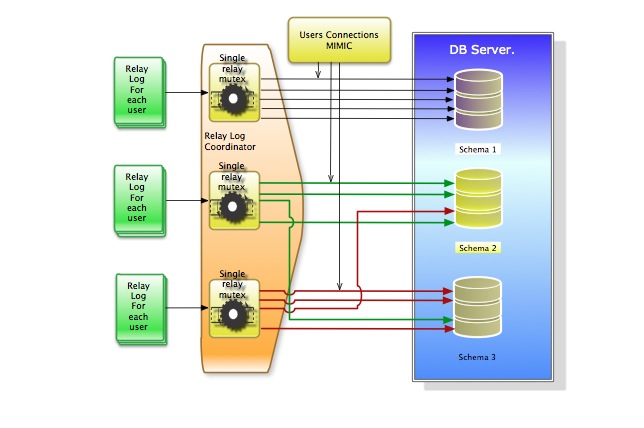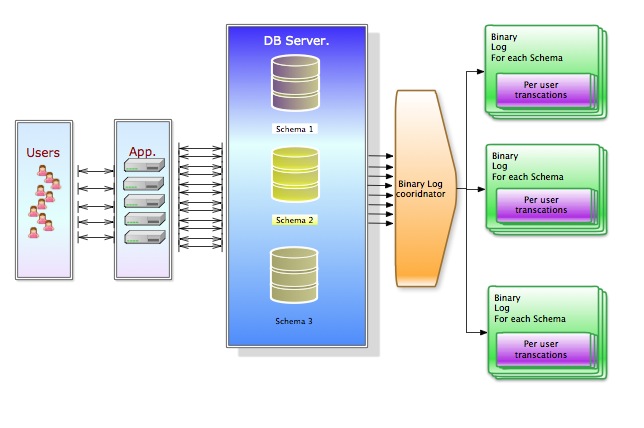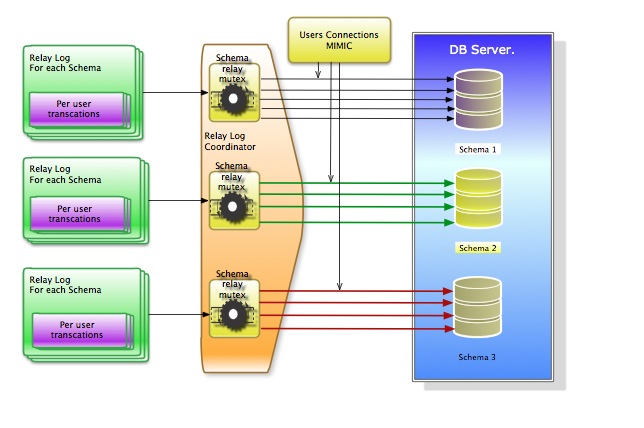This is not a technical article; it starts from my own thinking related to the work leaded in many years in international environments and with people coming from all around the world. Many though, about me, about the interaction with colleagues, about interactions with customers, may be few dolphins here in terms of bit, but not in terms of spirit, human respect and the research of being good.

My thinking and I
I am a lucky guy; I had the chance to travel a lot from when I was really young, so young that I cannot remember my first time. I have done mine the natural fact that we are different and we have different approaches in human relations.
Once become adult I was even luckier, because I started to work in international environment, so I had the chance to learn many different “cultural” approaches from the source on the top of my travels.
What have always amazed me, are the many subtle differences existing between people also leaving close each other, and very tight similarities also if staying from the other side of the world.
There are so many that anthropologically is very difficult to classify them all. But I am not an anthropologist so I can do mistake there and in my mind I have built up a differentiation, that refining to the extreme reduce the whole to two categories, not the good and the bad or we and the others, given we sometime shift from one category to the other during our day.
But let us say that it is a common behaviour during our day to define if “that” day we were here or there.
What I am talking about is the different approach that we can call the “One man hero” & “family man”.
The One man/woman Hero
He is he, now way to be better. He save the world alone, he is firmly convinced to be (almost) always right. Whatever comes out from his mouth is holy true, what is in his mind no human can even imagine. If he stops doing the entire world stops as well.
When talking with others no need to take care of any debate, just listen to him. Teams should follow him try to remain in his shadow.
He makes no mistakes, but if he does, he fell.
The Family Man/Woman
We must do it together, he has his own ideas and he is sure he is right, but you can be right as well. He proposes ideas not impose, want to hear from you, your concern, or thinking, especially if not in line. He learns from you, you learn from him. He tries to keep his space/territory in order respecting his own attitude; if you do the same the world will be ok.
He can fell, but the “family” will stay up, and help him to rise again.
What and how this fits in consulting/support?
Well in many ways, starting from the interactions in the working place. It is funny to note that, any or almost any, company would like to have “the family man” on board, given the attitude to convince people not to impose, the capacity of sharing and so on. Also when he is sick or if he goes away the family survives.
On the other hands customers, often, want to have the hero with the magic wand. He comes save the world, takes the money and goes. What a big relief for them.
If the above is true, at the end the situation will not be so dramatic. We can act as family man inside our company and as the one man hero when dealing with the external.
Given life is fun, the reality is much more complicated, and the infinite combination starts putting together different types in the same room. So you can have a lot of fun if behave as the omh (one man hero) and in the same room on the other side there is another one, who will wins, who will be the one having the right answer? On the other hands having a room filled with fm(family man) will bring to very interesting long discussions, but it is possible that for the time a solution is found the humans are extinct.
So as usual the right measure and the right combination of the two elements is the right path to go.
There are different points that must always take in consideration from my point of view:
1. No one is better than someone else
2. Stating to be good is not enough we must be good
3. Shit happens
4. Hiding shit bring more shit
5. Learning from mistakes makes you stronger
6. If you do not make mistakes you are lying
7. Explain your ideas allow you to have better ideas
8. Propose not impose
9. If you know you right, be ready to accept that also someone else can be right as well
10. If you know and can prove he is wrong explain not denigrate
The funny thing is considering the same points from the customer point of view:
1. Better for you to be better than me
2. You must be good, period
3. Shit don’t happens if it does your fault
4. If shit happens and it is my fault, then it is your fault because you did not tell me the right thing
5. Your mistakes should never happen on my environment
6. Better you know what you do so train yourself out of my “house”
7. You must have good ideas always
8. You must be sure of what you say
9. If I know I am right I am right
10. If you can prove I am wrong, say it such that no one will get offended
In any case the golden rules for me are:
1. Say always the true to the customer or colleague
2. Base your suggestion and recommendation on observation and real facts
About 2, you can have inspiration that is good, but ten you must prove it.
The list can/should be longer, but what I mean here is that there are different approaches when we are acting as Consultant/Support or as customer, and we shift from one point to the other without even thinking.
If you say no, think when YOU are calling for assistance because your cable TV is not working and you are going to lose your favorite match, or because the Internet connection drops.
Back to the point please
But return back to the point, dealing with International consulting/support.
As said we must be good, and I am firmly convinced that if we act “Always” as a family man with our colleagues, be good will be a shared efforts and to achieve good results will be a lot easier.
The International teams first
Family’s teams
Let us start from here; there are culture that see the family approach as must, you cannot see a good result as your result is a team result, as well the failure. We have this in Japan, Asia in general, but it is becoming more and more frequent in Europe as well. We have some “strange” behavior in country like Italy and Spain, but normally it works.
When I say strange I mean the “passing the buck” approach that unfortunately is very common in latin countries.
In the same context also the physical behavior and how the voice is used is different, avoiding to being rude or too direct; instead being more descriptive and verbose.
One Man Hero’s team
A different approach is used in some companies, where the leadership is still considering the OMH behavior a benefit. It is easier to find such approach in North America and European companies where the leadership is still bounded to old Top->Down models. There the people or resource (I hate that term but it is a good indicator of the company approach) composing the teams, are often referring to someone above them in the pyramid, not interacting directly. The results are shared bottom up, then top down. Not following an internal exchange. This is very important because the awareness re of the internal problem is not equally shared. Being part of group as such expose you to a lot of possible mistakes because bad communication.
My preference and thoughts
It is quite obvious that from the “internal” operation I put my vote on the FM and not on the other, period.
The difficulty exists in keeping all the people align and trusting each other. There will always be, especially when setting up a new team, someone that feels himself as the ONE. Not because he is bad but because the culture, the background and the lack of trust in the others.
This is probably the most important and crucial point, trusting each other in a team is not easy, requires more courage than acting alone.
Building up relation between different people is easier when you can have them in the same space at the same time, but it becomes a heavy task when happening with people distributed around the globe. The differences start from the working hours, the holidays they have, the need to talk they have, and so on.
Again I was lucky, I had my first international team, when I was able to handle it directly, so at least the Time zone issue was reduced to minimum. But the respect you must have for their differences is the same, so different holidays, different working time, different culture that require to be taken in account. When happens to me to deal with remote team, the first time, wow that was fun, just to organize the kick-off meeting I take at least 48 hours. No was not easy to deal with it in a “family mode” and this is also why very often some companies goes for the OMH, choosing to impose instead propose.
Here I would like to remember to all a fantastic statement: “People do not leave their jobs, they run away from their boss”. Keep an eye on places where people are leaving, there you will probably find a bad manager, and I have seen that recently happening.
Now about Customer
It is now time to see how we can combine an international team with all his internal interactions with customers, sometime international, sometime no.
Here must distinguish, Consulting and Support are two different categories, or to be more precise, onsite Consulting and remote work, two different way to interact with customer.
Dealing with customer onsite
When you go on site at customer, also if you are a family man, be careful to interact in the correct way, do not be too flexible, given that could be misunderstood and read as weakness or worse. You are alone, no family with you, you must trust yourself fully. Better to switch to the One Man Hero mode, the lions will come and they want your body. This is true for the first 5 minutes, where the first 10’’ gives you the chance to evaluate how much you can be flexible or not at all.
What happens if you have in front of you a team headed by an OMH? I have seen a constant behavior here; OMH meets you alone, before introducing you to the rest of the team. The first aspect that you should consider is if he is interacting with you at your working level or if he is there to coordinate. If he is a manager, be careful it doesn’t matter what nationality he will be, he will not understand you if you talk about technical aspects (few cases do, very few), and he will not understand the explanations, skip them, go straight to the Executive Summary. If he is a working level guy, then culture, nationality and background could make the difference. In some cases you must be dramatically direct close to be arrogant, and say what you have to say, like I have seen working in many cases with US people. But if you have in front of you a Latin guy or someone from Arabic countries, then do not do it. You will have an enemy before even open your mouth. Let him be opening all the conversation and discussions, try to keep all the conversation following indirect patterns; only when you are sure he start to trust you, start to gently propose him that there could be a “different” way of doing things. Then remember if he will reduce the talks with you, means you have a problem, try to fix it talking in 1:1 never with others.
In those context if the customer has a mixed team, follow the internal dynamics will helps a lot.
In short dealing with a customer face by face is primarily a matter of human experience, and then comes how good you are, but you know that you must be good, period.
Dealing with customer remote
Two level of contact here, using any system or by voice.
The golden rule here is … “Scripta manent verba volant” (Google … if you don’t know Latin).
System or email
Systems, including emails are done to reduce the overhead created by the human interaction, and to optimize relevant information exchange. When you have to exchange information with the customer by email, or by ticketing system, nationality, culture and background are not so relevant. What is relevant is to be clear, and descriptive, period.
Good customer/managers know that, and tempt to push you to use that way, when communicating with them.
Never the less the use of system could hide some pitfalls and you must be careful trying to at least be aware of the possible issues. There is not a real way to identify what kind of team the customer has (base on the FM or OMH model), but few elements could help: when you see only one contact point, or many different one for different topic, when you don’t see a common account used, then be careful, behind the scene is lurking a team managed by an OMH focus on lack of communication. On the other hands good sign is when they gives you one contact (email, ticket system, tracing tool) that is used in parallel by multiple team member, very likely they communicate each other, and so you can as well.
Voice
Huston … we have a problem. You can only guess the first time with who you are dealing with. This is why you should never ever, talk directly with the customer. The sales guys or whoever talks with customer as main contact, must first brief you. He should be able to say to you (if he do not, suggest to fire him) how to interact, and you should have a place where take note on customer information, and share that with the other members of the teams.
Voice and conference calls, are the preferred tools of customer that have very basic understanding of distributed work and international teams. Normally they have no idea how confusing a conference call could be when coordinating real work in case of problem.
When dealing with customer around the world we have to keep in mind that not all of them talk good English, or English at all, as well teams members, from both sides. This is one of the main issues during conference call, after line quality, for misunderstanding between us and customer.
For geographic and language reasons the North America is the one mostly using it. The problems start when they forgot there are others 201 countries in the world, 6000 spoken languages, where the most used (excluding Chinese) is Spanish with 329 million vs English 328 million, and last but not least there are other 20Hrs in the Time Zones and people work there too, and sometime sleep.
In short, keep an eye on the world clock and whenever there is the need of a call show some respect and at least talk slowly and clear, avoiding slang or too many jokes.
That’s it, multi-cultural, multi-language teams should not have conference calls with customer too often or at all, but the coordination level should. Those calls should be focus on planning, and customer review, nothing more all other communication should be written.
Doing that will help preventing any friction between the different ways oh behave.
Lesson learn
There is always something to learn. In this case I think is that the power, flexibility, creativity and much more obtained having a team compose by multi-cultural elements, is so more than the difficulties to manage it that also companies not dealing with international customer should go for it.
Language and cultural differences could be an issue but is possible to handle them; the only require ingredient is showing a little bit of respect and ask for it as well.
The problem is keeping the beast under control specking about OMH, but someone more expert then me had already spoke about it in the MUST READING book: “Good Boss, Bad Boss” by Robert I. Sutton.
Conclusion
What conclusion? There is not a conclusion; I have just put in write a week-end/Easter thought.
The only thing I would like to stress a bit is that whenever there are teams based on multi-cultural members, from Service provider side or customer side, the standard way of acting are not working anymore.
The key there is respect, once more respect, no one is better, we are different and we must respect that. There is no need to do huge things, small simple ones are good enough. Talk slowly when talking, respect other people traditions: don’t ask for consultancy on 26 of December, don’t plan to send your Guru to Cairo on Friday and so on.
Our world is a common net from many points of view, but still lack in understanding how different is dealing with company, teams and customer limited to a specific territory and/or country; comparing with the company, team and customer distributed around the globe.
Excellent managers that work great and achieve great results in UK (or Italy, US, France, Japan and so on) for company working within the country with people comeing only for that country, miserable fails if require to lead the same role in a distributed, international environment.
Dealing with international teams and customer, require specific background. Managers, team leader, Coordinators that are not use to work in an international environment , should not be place in a leading position given they total lack of experience in handling correctly the PEOPLE, not resources, but PEOPLE.
One clarification, a company that has 100 offices in 100 countries and use a vertical structure, is not an international distributed company; it only has many boxes, period.
{joscommentenable}



